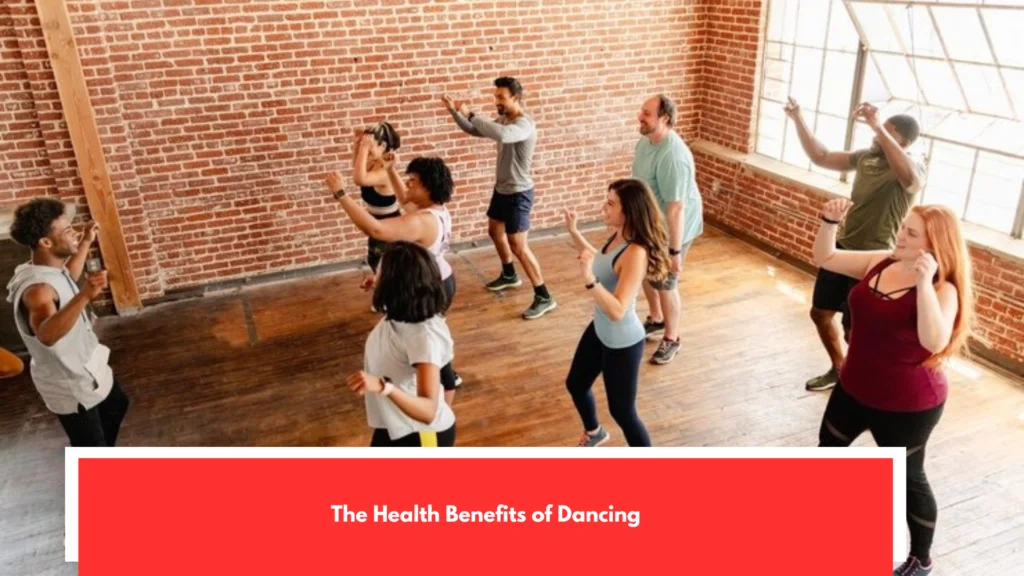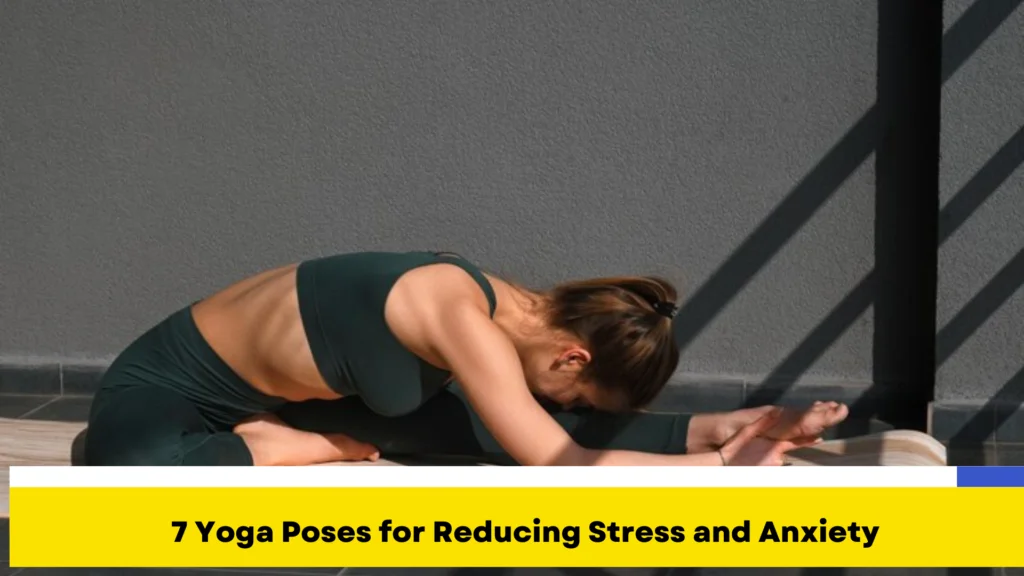Know the benefits of dancing for your mental and physical health. It’s an exercise that helps you take care of your body, lose weight, and get physical exercise. Any physical activity you do daily will accelerate your health, but one of the most holistic due to its physical and psychological influence is dancing. A few minutes of physical exercise each day can dramatically improve your quality of life. Dancing is a functional activity that brings great benefits to your daily life, including reducing stress and anxiety, letting go of a lot of anxiety, and being happy and content.
These are some of the benefits of dancing for your physical and emotional health. Don’t be discouraged from practicing it, and if you don’t like it, keep in mind that it’s never too late to give yourself the opportunity to let your emotions soar through music. After all, dancing is not only about the body, but also about the spirit. When you dance, increased amounts of dopamine, the hormone that makes you feel better, are released into your body. Music and dance stimulate the brain and activate sensory receptors and motor circuits.
Release physical and mental tensions

Physical movement stimulates the brain and encourages the development of creative skills. Your memory is always in exercise while you dance because you must remember sequences and timing. Music itself is a gateway to relaxation, connecting with your knowledge and senses, and staying alert. Dance is a fun and recreational activity that brings pleasure and improves the mood of those who practice it. Whether you’re part of a team or taking classes, it will help you easily establish interpersonal relationships and make new friends. You’ll develop self-confidence based on your body and attitude, regardless of whether others dance more comfortably.
Dancing increases endorphin levels. For this reason, after dancing for a few minutes, you feel calmer and in a better mood. Physical activity boosts self-esteem. We will be happy to respond. Thank you for your understanding. Although it may sometimes seem like dancing is something you do just to have fun, the truth is that those who practice it enjoy a host of other benefits, both physically and mentally.
Improves memory and concentration

Several studies have proven the benefits of dancing for mental health, and people should make it a part of their daily routines to improve their quality of life. Whether you prefer music or dance, dancing is beneficial for your health. In this article, we’ll tell you about some of the benefits we’re talking about and explain how you can have a happier, more peaceful life thanks to dancing. One of the main benefits of dancing for mental health is that it helps people disconnect from their worries and improve their mood.
Through dancing, the body releases endorphins and certain neurotransmitters that generate a feeling of well-being and happiness in most people who practice it. It’s a good way to immerse yourself in the present and enjoy the moment. The most important thing about dancing is to focus on your body’s movements, which helps clear your mind of distractions and negative thoughts In fact, a study conducted by UCLA Health on the benefits of dancing for mental health found that 98% of those surveyed said dancing helped them let go of anxious thoughts and improve their mood.
Boosts self-esteem and confidence

It can also be very helpful in dealing with feelings of isolation and loneliness, as it’s an activity often done in the company of others. This directly impacts mood, as it reinforces a sense of belonging and social connection. For some, dancing can be a great ally against depression. Dancing, while not technically a therapy for these disorders, allows one to connect with emotions and vent them in a healthy way. Dancing provides the same benefits as walking or cycling for cardiovascular health.
Heart disease can be prevented and cured at the same time with a little dancing. Consult with a sports physician to find out what type of dancing you can do and what precautions you should take. Getting in shape prevents osteoporosis and arthritis. Over time, complications in calcium absorption can occur, and joints can become less stabilized. In addition to the previous point, we can say that another benefit of dancing for mental health is the reduction of stress and anxiety levels. Through dancing, it is possible to create a space of calm and relax both physically and mentally.
Conclusion

It is important to keep in mind that stress and anxiety can affect people’s mental and emotional health, and that it is necessary to have tools to help combat these conditions. Dancing, although primarily a physical experience, has a significant impact on mental well-being and serves as an escape route. When people dance, they also produce less cortisol, a hormone commonly associated with stress, and generate higher levels of dopamine and serotonin, neurotransmitters linked to well-being.
Dancing is beneficial for the mentality for many reasons, but possibly one of the greatest is that it allows individuals to discover and express their own individuality. This is directly related to confidence and self-esteem and can help make them feel better about themselves. Furthermore, dancing means being exposed to the attention and recognition of others, which can be a challenge, but at the same time, an opportunity to learn to manage anxiety and stage fright. Learning new dance steps and experimenting with other dance styles also helps us verify our talents and abilities and feel empowered.



